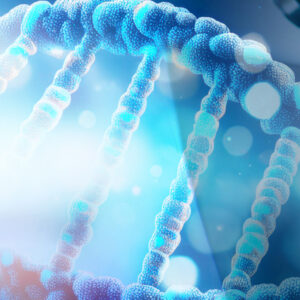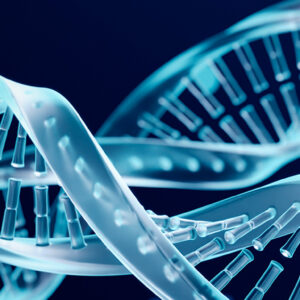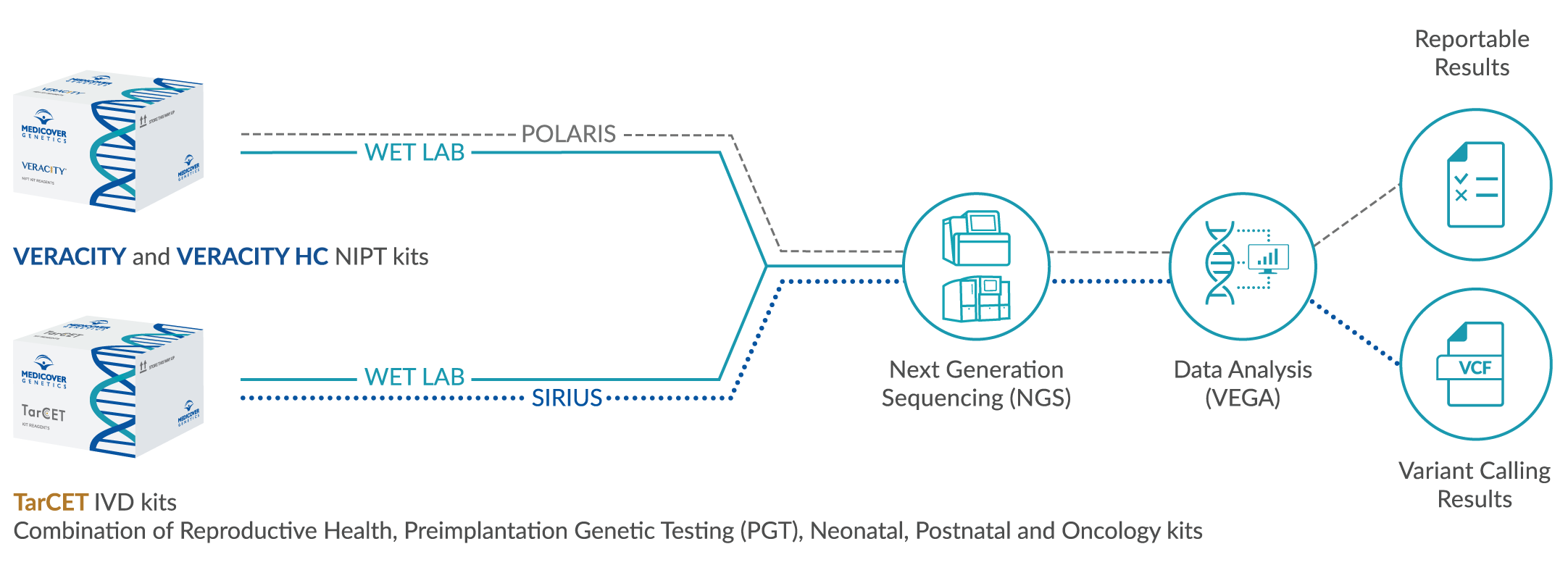Scientific Background
Osteogenesis imperfecta (OI) or brittle bone disease (frequency about 1:10,000) is a clinically and genetically heterogeneous group of diseases characterized by increased bone fragility, which apart from very rare forms, are inherited in an autosomal dominant manner. In 97% of OI type I cases and 77% of moderate to severe forms, causative variants can be detected in the COL1A1 and COL1A2 genes, which often lead to the substitution of glycine in the triple helix domain of type I collagen. In about 9% of moderate to severe cases, variants in the IFITM5 gene are the cause. The clinical symptoms depend on the affected gene and the type and localization of the variant (genotype-phenotype correlation). The rare autosomal recessive inherited forms of OI are mostly characterized by specific clinical features. International guidelines currently recommend these genes are only analyzed after thorough clinical evaluation.
Autosomal recessive inherited forms (rare)
Type VI has been described in a few individual cases with a moderately severe form of OI with skeletal deformities and variable bone fragility. Histology shows herringbone-like lamella. Recently, variants in the FKBP10 gene, which codes for the chaperone FKBP65 that is involved in the folding of type I collagen, were detected in a few families of Turkish descent.
Type VII (2-3% of lethal OI cases) is characterized by multiple bone fractures, extremely low mineralization and "popcorn epiphyses". The cause is variants in the CRTAP gene. CRTAP encodes a component of the collagen 3-hydroxylation complex (post-translational prolyl-3-hydroxylation of collagen type I and II). This modifies Pro986 of the a1(I) chain, making it easier to fold and stabilizing the chain. A lack of Pro986 hydroxylation leads to delayed folding of the collagen helix and its excess modification (28%-43% increase in hydroxylation of lysine residues). Since type II collagen in cartilage is also modified by prolyl-3 hydroxylation, the epiphyses are also affected.
Type VIII (rare; more common in Irish emigrants and in West Africans where 1% of the population are carriers and type VIII is as common as OI type II) is characterized by white sclera, a short barrel-shaped thorax, long hands and extremely undermineralized bones. It is caused by variants in the prolyl 3-hydroxylase gene LEPRE1, which modifies Pro986 of the α1(I) chain (post-translational prolyl 3-hydroxylation of collagen type I and II). Variants show a comparable structural effect and lead to a comparable clinical symptomatology as OI type VII.
Type IX (rare) is a moderately severe form of OI without rhizomelia. It is caused by variants in the PPIB gene, which encodes a peptidyl-prolyl-cis-trans isomerase that catalyses prolyl isomerization and is essential for the folding of type I collagen.
References
Zhytnik et al. 2019, Mol Genet Genomic Med 7:e559 / Caparros-Martin et al. 2017, Mol Genet Genomic Med 5:28 / Bardai et al. 2016, Osteoporosis Int 27:3607 / Forlino et al. 2016, Lancet 387:1657 / Valadares et al. 2014, J Pediatr 90:536 / Caparros-Martin et al. 2013, Am J Med Genet 161:1354 / van Dijk et al. 2012, EJHG 20:11 / Forlino et al. 2011, Nat Rev Endocrinol 7:540 / Alanay et al. 2010, Am J Hum Genet 86:551 / Barnes et al. 2010, NEJM 362:521 / Willaert et al. 2009, J Med Genet 46:233 / Baldridge et al. 2008, Hum Mutat 29:1435 / Marini et al. 2007, Hum Mutat 28:209





















